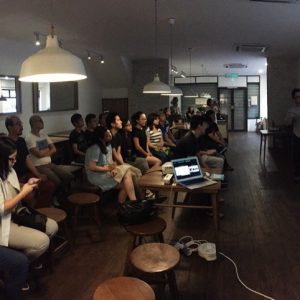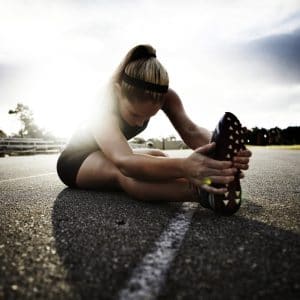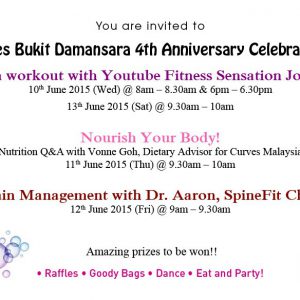
Hot pack vs Cold pack: Which One Should You Use and When? Pain relief and injury recovery are crucial aspects of maintaining overall well-being. Whether it’s muscle stiffness from a long workday or acute pain from an injury, knowing when to use a cold or heat pack can make a significant difference. While cold therapy (cold compress) and heat therapy (heat wraps) serve different purposes, using the wrong type can sometimes worsen the pain. In this comprehensive guide, we’ll explore the science behind cold and heat packs, when to use each, and how they contribute to pain relief and recovery. Understanding Cold Therapy Cold therapy, also known as cryotherapy, involves the application of a cold pack to reduce pain, inflammation, and swelling. It is widely used in sports medicine and post-injury recovery. How Cold Therapy Works When a cold pack is applied to an affected area, it slows down blood circulation, numbing the nerves and reducing inflammation. This helps in managing acute injuries and preventing further tissue damage. Benefits of Cold Therapy Reduces Inflammation – Cold treatment constricts blood vessels, limiting blood flow to the injured area, thereby reducing swelling. Minimizes Pain and Numbness – A cold compress numbs nerve endings, alleviating sharp pain and discomfort. Prevents Bruising – By slowing down blood flow, a cold pack helps in reducing bruising after an injury. Speeds Up Recovery in Acute Injuries – Applying cold therapy immediately after an injury prevents excessive swelling and tissue damage. When to Use Cold Therapy Acute injuries – If you’ve twisted your ankle, suffered a sprain, or experienced sudden joint pain, use a cold compress. Post-workout soreness – To prevent muscle strain and soreness after intense workouts. Bruising and swelling – Cold packs can minimize the appearance of bruises and swelling after minor accidents. Migraine...
 We recently partnered up with the good people at KFIT to write some content for their blog. We decided to share the top 3 common spine and joint conditions that people might not realise they have. These conditions can happen to just about anyone from regular gym enthusiasts to housewives to someone at the office on a computer. Slipped Discs Slipped disc(s) is a common injury that can happen even to the strongest and fittest of individuals. However those who participate in contact/high impact sports are at increased risks of developing a slipped disc. Common movements like jumping and landing and even a simple movement like picking something up from the ground could also injure a disc. By strengthening the back muscles through specific exercises and by paying close attention to the spine, the potential of a slipped disc injury can be minimised. Poor Posture Your posture is the window to your spine. Whilst poor posture is not an injury, it can lead to serious spinal conditions if not addressed at an early stage. Long hours seated at a workdesk together with a constant need to look at our smartphones/tablets adds to the chances of developing a habit of poor posture. A simple self-check to see if you have bad posture is to look at yourself in the mirror from the side. If your shoulders are rolled forward and your head is in front of your shoulders, you may have a poor posture. To minimise the risk of injuries taking place as a result of poor posture, get a postural check and find out what active steps you could take to strengthen your muscles to assist in improve your posture. Sports Injuries Sports injuries don’t just happen on the court or field. They can also result from workouts at the...
We recently partnered up with the good people at KFIT to write some content for their blog. We decided to share the top 3 common spine and joint conditions that people might not realise they have. These conditions can happen to just about anyone from regular gym enthusiasts to housewives to someone at the office on a computer. Slipped Discs Slipped disc(s) is a common injury that can happen even to the strongest and fittest of individuals. However those who participate in contact/high impact sports are at increased risks of developing a slipped disc. Common movements like jumping and landing and even a simple movement like picking something up from the ground could also injure a disc. By strengthening the back muscles through specific exercises and by paying close attention to the spine, the potential of a slipped disc injury can be minimised. Poor Posture Your posture is the window to your spine. Whilst poor posture is not an injury, it can lead to serious spinal conditions if not addressed at an early stage. Long hours seated at a workdesk together with a constant need to look at our smartphones/tablets adds to the chances of developing a habit of poor posture. A simple self-check to see if you have bad posture is to look at yourself in the mirror from the side. If your shoulders are rolled forward and your head is in front of your shoulders, you may have a poor posture. To minimise the risk of injuries taking place as a result of poor posture, get a postural check and find out what active steps you could take to strengthen your muscles to assist in improve your posture. Sports Injuries Sports injuries don’t just happen on the court or field. They can also result from workouts at the...








